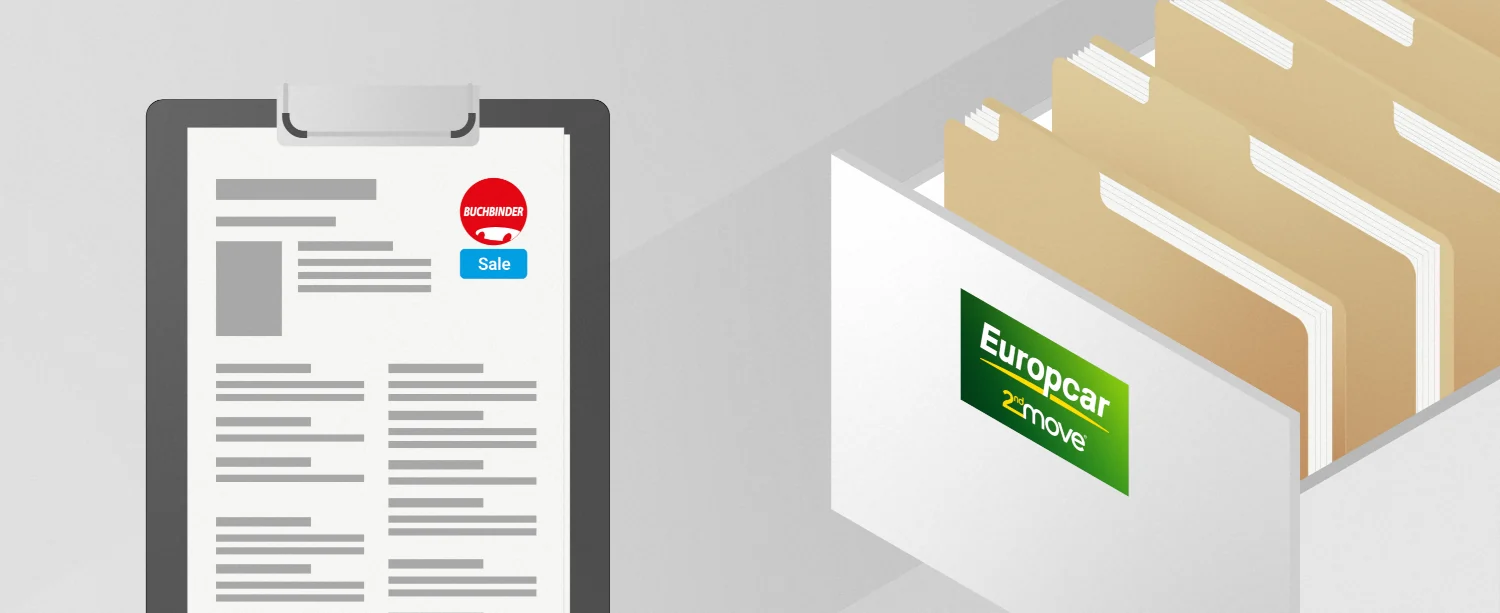At the beginning of a changeover, the first thing to do is to prepare your own staff for dealing with the new technology. This is not only due to the fact that the vehicle components and the necessary work sometimes differ significantly, but above all because of the greater dangers associated with working on electric vehicles. Due to the high voltage present in many components, currents can flow through the body and arcing can result in life-threatening injuries.
It is also possible that the new batteries will catch fire if they are handled improperly due to overheating or damage. These fires, in turn, are almost impossible to control. If this causes other objects in the area to ignite, in the worst case the damage can affect the entire company.
The changes that e-mobility brings to everyday work for specialists and managers are correspondingly high. According to the regulations of the trade association, maintenance, repair and service work may only be carried out by specially trained specialists. Employees are not even allowed to change a tire without appropriate qualifications.
Qualification in three stages
Staff training takes place in seminars offered by testing organizations such as TÜV and Dekra, but also by some car manufacturers and suppliers. The German Statutory Accident Insurance (DGUV) stipulates three qualification levels (DGUV Information 200-093), which gradually give the specialists more and more freedom when dealing with electrified vehicles.
After the first qualification level, skilled workers are considered to be “professionally instructed persons (FuP”). Appropriately trained persons may carry out general work on the vehicle that does not directly affect the high-voltage system – HV system for short. This includes, for example, work on the body, the steering and conventional brake systems, as well as changing the oil and wheels. Welding, drilling and grinding work is also possible.
The next level of further training leads to qualification as a "competent person (FHV) for work on HV systems in a voltage-free state". During this training, specialists learn how to remove electrical voltage from HV systems and components. Once the voltage-free state has been established, these systems and parts may then be repaired, replaced, modified or checked by the FHV person or under their supervision.
At the end of the third qualification level, a specialist is finally a "qualified person for work on live high-voltage systems". This qualification is necessary, among other things, in order to be able to troubleshoot live HV components. Likewise, only such a qualified person may work on energy storage devices or carry out high-voltage tests according to manufacturer specifications. If it cannot be ensured that there is no voltage and employees can touch HV components or other parts directly or with objects, this qualification is also required.
Irrespective of these qualifications, car workshops must ensure that people who take on less dangerous tasks when handling electric vehicles, such as changing windshield wiper blades or cleaning the inside and outside, are also "sensitized" accordingly. Among other things, these employees must ensure that service flaps and engine hoods are closed during their work in order to prevent damage to high-voltage components.
Changes in the workshop
On the way to a workshop for electric vehicles, however, raising employee awareness and qualifications is not enough. Because - as already mentioned - some of the work is different, it is also necessary to adapt the workshop equipment accordingly. Instead of changing the oil and repairing the clutch and exhaust, the specialists now have to deal with electric motors, high-voltage batteries and power electronics.
Against this background, it is important for a functional e-vehicle workshop to have a full range of tools available that are suitable for high-voltage environments. With so-called VDE tools - VDE is the "Association for Electrical, Electronic & Information Technologies" - it is possible, for example, to work with voltages of up to 1,000 volts for alternating current and up to 1,500 volts for direct current. Devices designed for high voltage are also essential in order to be able to measure direct and alternating voltage and carry out resistance and continuity tests. Devices that can be used to carry out diode tests and non-contact voltage tests are also required.
In view of the dangers, suitable protective clothing is also necessary. In addition to anti-static trousers and jackets, this also includes safety shoes with metal-free safety class S3 and voltage protection gloves. Appropriate workplace identification must also be provided. These include, for example, special signs that indicate when high-voltage work is currently being carried out. These can be supplemented by additional barrier posts and tapes. In this way, people who do not notice the information signs are effectively prevented from accidentally entering a high-voltage work area.
If all the requirements are met, you can start with the maintenance and repair of electric vehicles. This also makes it easier to start trading in used vehicles, since you can carry out any repairs yourself.
 To register, you will be redirected to the Europcar 2ndMove website. After registering, you can log in to Buchbinder-Sale.de.
Next
To register, you will be redirected to the Europcar 2ndMove website. After registering, you can log in to Buchbinder-Sale.de.
Next
 To register, you will be redirected to the Europcar 2ndMove website. After registering, you can log in to Buchbinder-Sale.de.
Next
To register, you will be redirected to the Europcar 2ndMove website. After registering, you can log in to Buchbinder-Sale.de.
Next






 Registration
Registration  Login
Login All vehicles
All vehicles  Direct Sale
Direct Sale
 Auctions
Auctions
 Service
Service
 Company
Company
 My Area
My Area 
